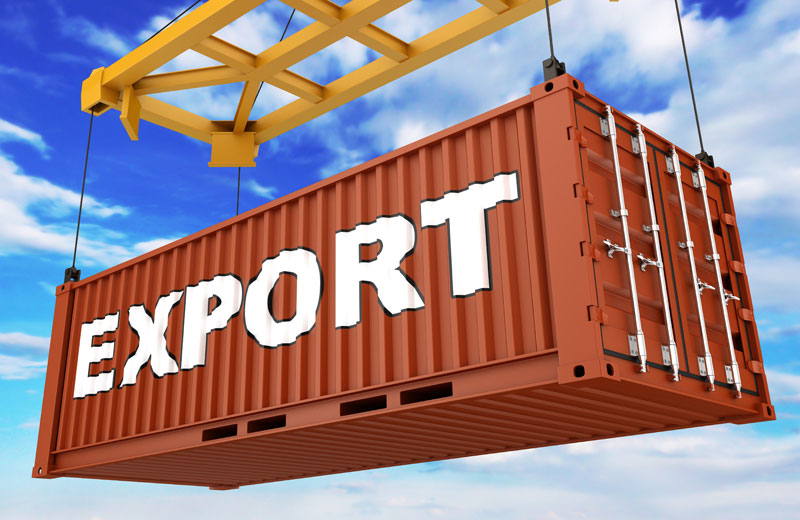August 25, 2020: The recovery of India’s foreign trade from the pandemic is patchy. But it’s better in exports than in imports.
On 15 Aug, standing on the Red Fort ramparts, Prime Minister Narendra Modi reiterated his government’s economic vision of self-sufficiency, adding that India would aim to become the supplier to the world. A day earlier, India had reported its latest trade numbers, and for the second successive month, India’s goods exports were within touching distance of their pre-covid levels. In June 2020, India’s exports trailed their June 2019 numbers by 12%. In July 2020, the gap to July 2019 was 10%.
On the face of it, these are not bad numbers for a segment that tumbled 60% in April and is trying to claw back lost ground. But two caveats are called for. One, India’s exports have had a difficult time in recent years. In 2019-20, the year against which current performance is being benchmarked, India’s exports fell 5%, shows data from India’s central bank.
Two, India has swung to extremes during the pandemic. Data from the Organisation for Economic Co-operation and Development (OECD) on 25 countries for which recent monthly exports numbers are available shows India suffered the second-largest monthly drop in April, the worst month of the pandemic. Subsequently, it was ranked third in monthly increase in May and seventh in June. In other words, India’s exports are recovering, but they are doing so on a low base, and fundamental issues on how to become more competitive globally remain.
Becoming more competitive is a long-term task. In the near term, the objective would be to at least revert to the old normal, and the recent trade data suggests reasons for hope. After the sharp plunge in April, recovery in exports has been stronger than in imports.
More encouragingly, the exports recovery in May, June, and July appears to be broad based. The ministry of commerce breaks up trade data across 98 product categories. We have segregated this into three buckets based on year-on-year changes: positive growth, moderate drop (up to 20%) and severe drop (higher than 20%).
The number of categories in the first two buckets has increased consistently: 10 in April, 36 in May, 67 in June and 80 in July. In 14 of these categories, exports have increased for three successive months. Prominent among them were pharmaceuticals ($1.6 billion in July), iron and steel ($1.3 billion), cereals ($813 million), and aluminium ($445 million).
In comparison, the rebound in imports is not only relatively muted, but also less broad based. Against 81 of 98 categories for exports (75% of total in value terms), only 35 categories in imports (40% of total in value terms) were present in the top two buckets in June.
This variance in recovery between exports and imports can also be seen at the very top. Of the top 10 export categories by value in March-June 2019, 5 categories grew on a year-on-year basis in July 2020. For imports, that ratio was 1 in 10 categories.
A deceleration in goods imports at a time exports are rising faster suggests that domestic demand in the country is recovering much more slowly compared to other countries. In July, there’s been positive growth in exports to north-east Asia (including China and South Korea) and Asean countries (including Malaysia, Singapore and Vietnam). By comparison, exports to North America, European Union and West Asia have shrunk.
Even though India has been aiming to reduce its import dependence on China, the dependence on our northern neighbour has only grown since the pandemic began. China is the leading importer to India, accounting for 13.8% of India’s imports in 2019-20. It was followed by the US, with 7.5% share. During the pandemic, as India’s imports shrunk, China’s monthly share has ranged between 16-21%.
These are unusual months, and the months ahead will show where these numbers stabilize. Longer term, the government has been vocal on viewing foreign trade strategically. It wants India to be stronger in exports and reduce its dependence on imports. In recent weeks, there’s been executive action to discourage specific items of defence machinery from all countries and certain products sourced majorly from China.
It is prudent to exercise caution in such import bans. Weak imports in some categories can also impact exports, as some imports serve as intermediates for exports. A case in point is gems and jewellery, a leading foreign trade item for India and a big source of employment in the country. Indian companies import uncut gems and process it into jewellery for export. At present, both imports and exports here are severely curtailed.
Source: livemint








